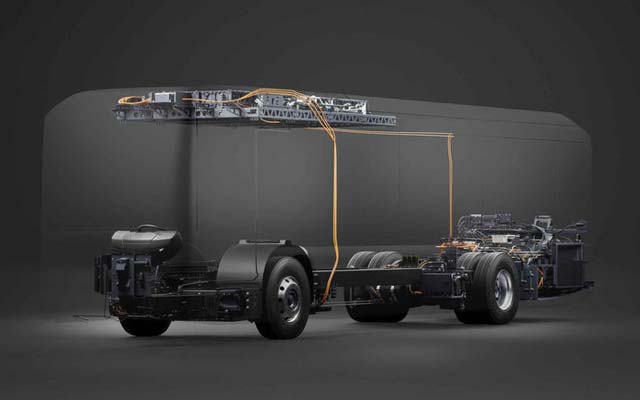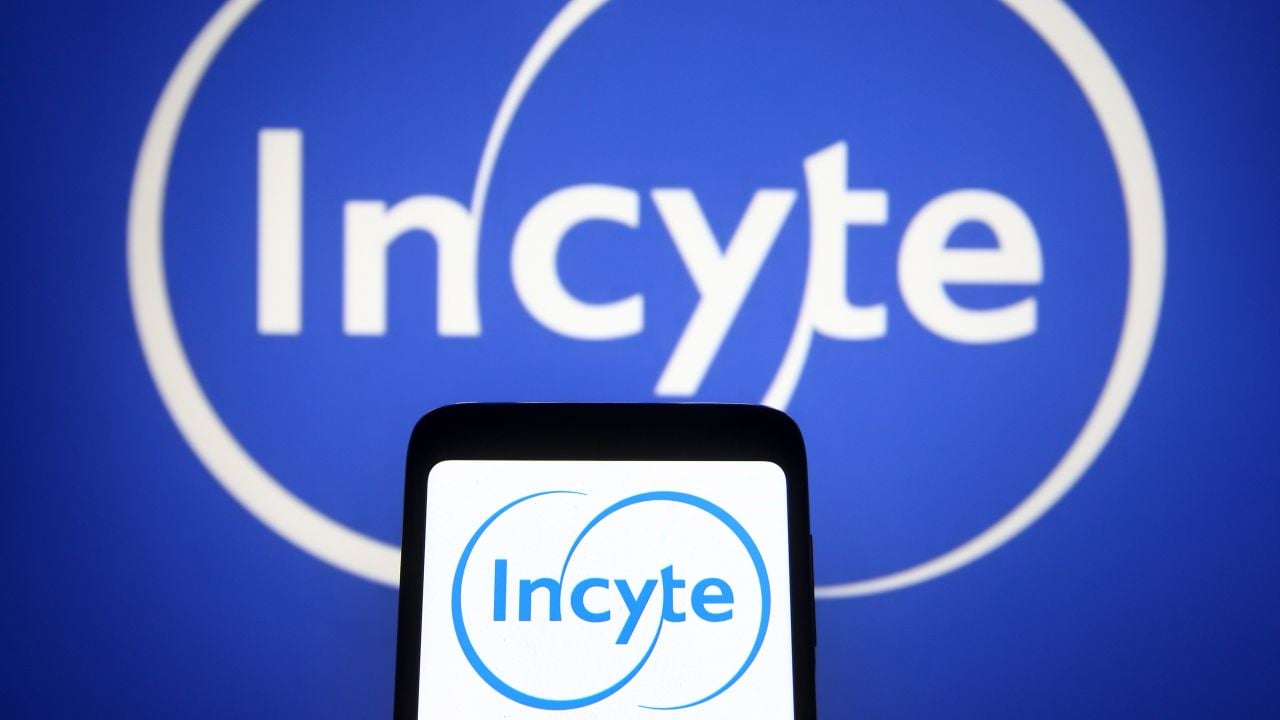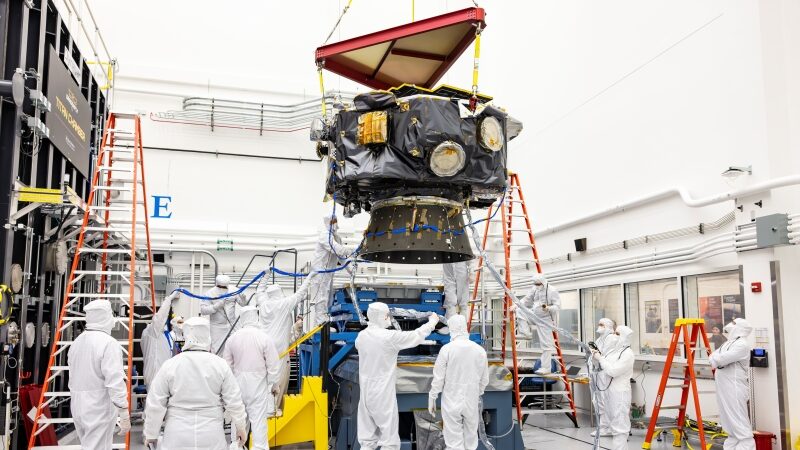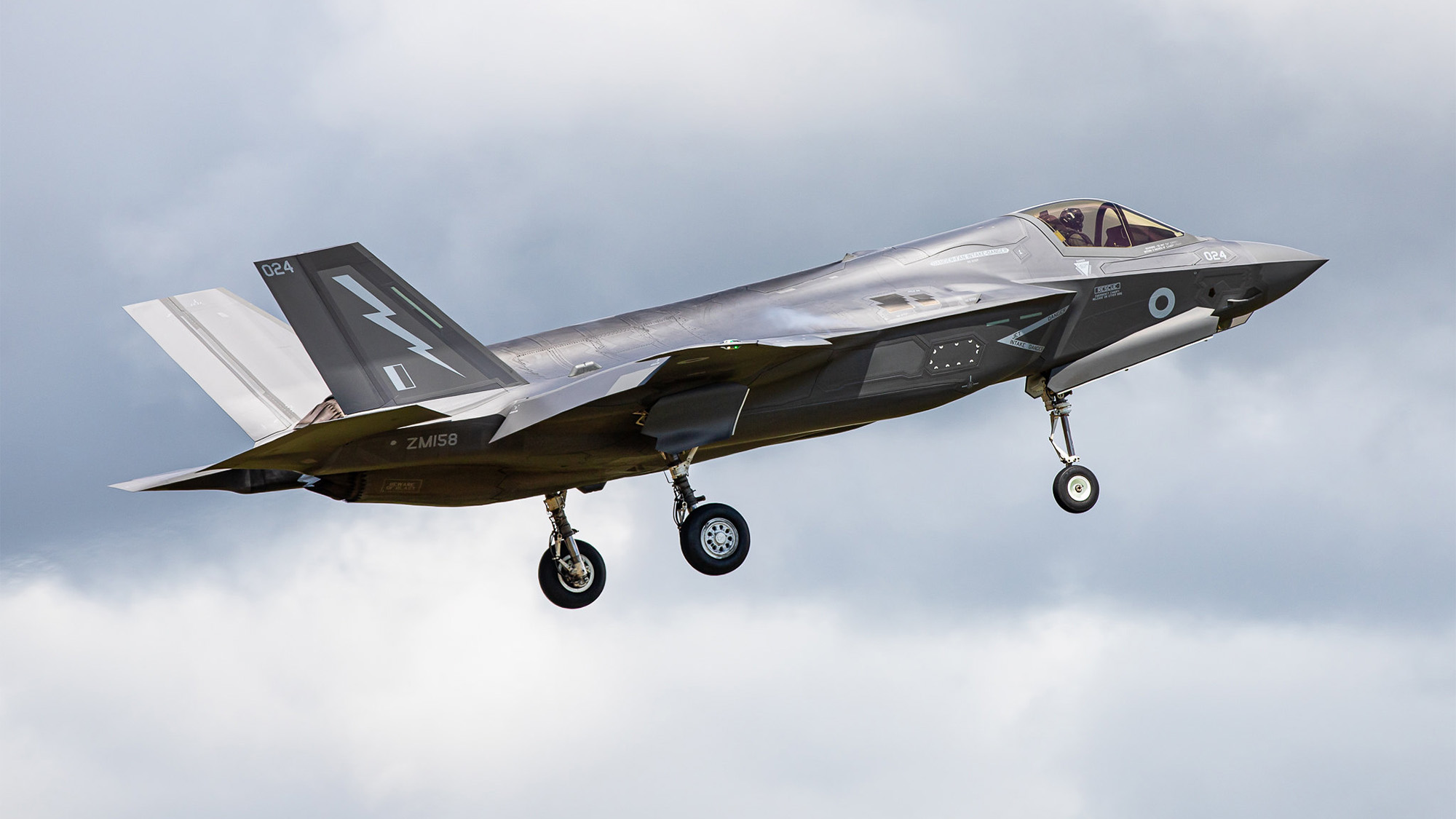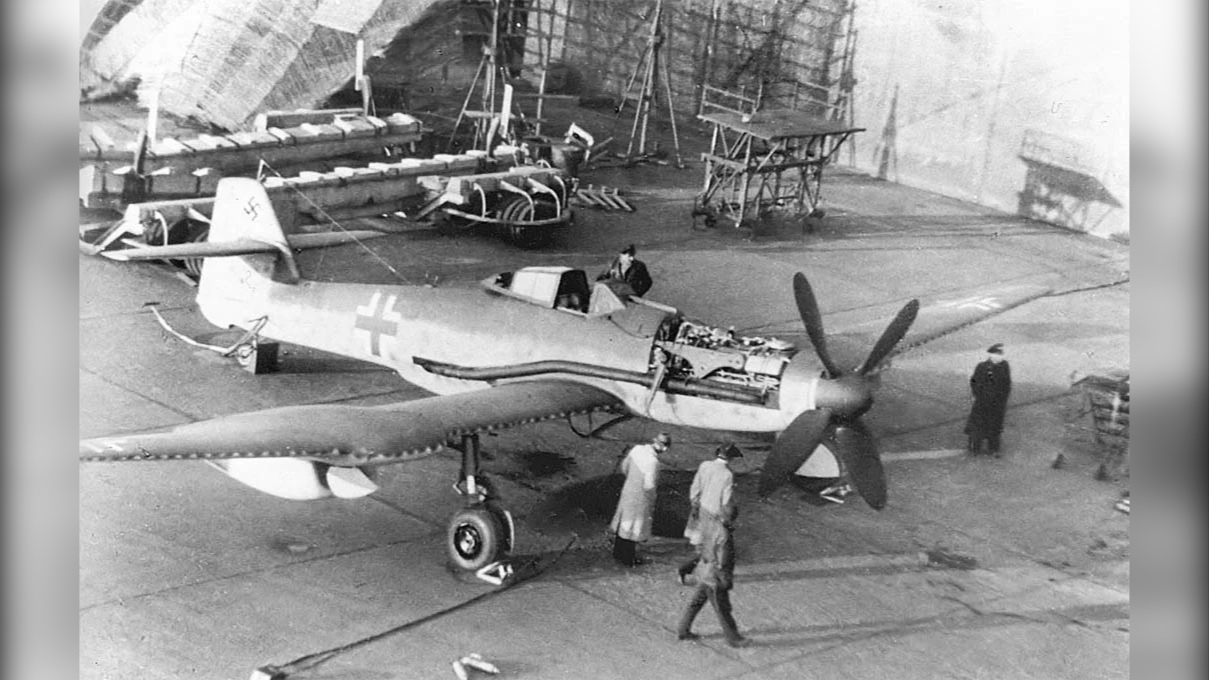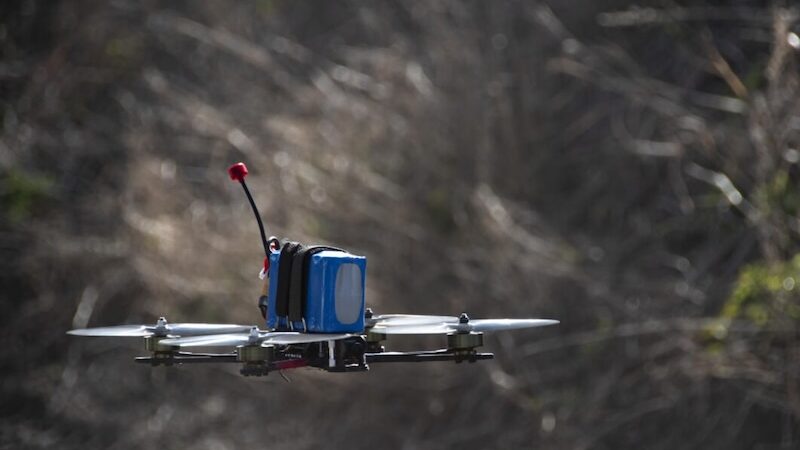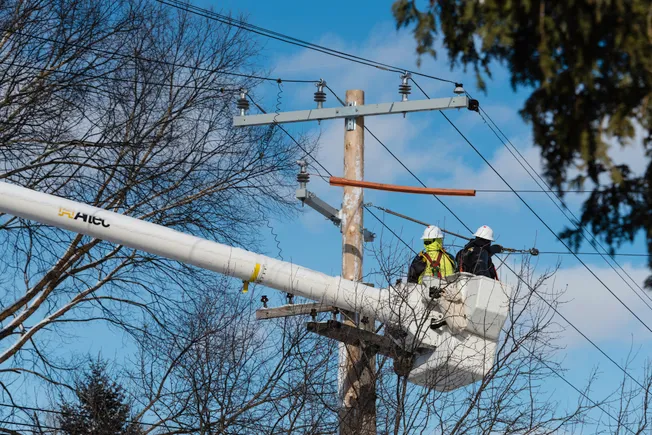U.S. Manufacturers Say Outdated Technology Prevents Them from Hiring Workers
The results of the Americas State of Manufacturing 2025 Report, commissioned by Hexagon and conducted by Dynata, found that as U.S. manufacturers modernize processes, they must move faster on tech adoption and workforce development. The post U.S. Manufacturers Say Outdated Technology Prevents Them from Hiring Workers appeared first on Fabricating & Metalworking.

Hexagon’s Manufacturing Intelligence division in the Americas (“Hexagon”) recently announced new data that reveals a concerning reality: outdated perceptions of manufacturing, uncertainty, workforce shortages and technology gaps are threatening long-term growth, even as the manufacturing industry continues to modernize.
The Americas State of Manufacturing 2025 Report, commissioned by Hexagon and conducted by Dynata, surveyed professionals of all levels across the U.S. manufacturing workforce. The research found that 60% believe their companies are doing enough to improve the manufacturing industry’s image with new talent, even with predicted shortages. Half are very confident the U.S. workforce can meet the demands of the next five years, yet 28% believe workforce challenges will slow or significantly limit reshoring efforts. Further, they are running up against a critical barrier: 72% say outdated technology is preventing them from attracting and retaining workers.
“Manufacturers are making bold moves to modernize, but our data shows they must move faster on tech adoption and workforce development, to meet a moment defined by economic uncertainty, labor shortages, and reshoring,” said Paul Rogers, President, Americas and Asia Pacific, Hexagon’s Manufacturing Intelligence division. “Outdated technology isn’t just an operational hurdle; it reinforces the perception that manufacturing isn’t a forward-looking, modern career choice. Tools like AI and digital twins can help democratize manufacturing and give more workers a new perspective, but lasting change requires more than innovation. It demands reskilling, breaking old stigmas, and rebranding the industry as one built for America’s future.”
Key findings from the research include:
Almost Two-Thirds of Manufacturers Say They’ve Solved Their Image Problem—But Shortages Remain
Even with manufacturers saying they’re doing enough to make the industry more appealing to new talent (60%), there is a disconnect between leadership and other workers: while 86% of executives believe perception is improving, only 59% of entry-level employees agree.
Beyond outdated or limited use of technology hurting their ability to attract and retain talent, other stigmas remain, including limited career growth (49%), outdated or unsafe work environments (44%), repetitive low-skill work (44%), and a male-dominated culture (42%).
Uncertainty Remains a Concern
At the same time, uncertainty is top of mind—56% cite tariffs as their biggest business pressure, even ahead of inflation and supply chain disruptions. Despite this, 31% plan to increase reshoring investments in response to shifting trade policy.
Reshoring is Rising—But the Talent Pipeline Isn’t Ready
Nearly half (49%) of manufacturers say it would take between a year and more than three years to fully staff reshoring operations. A lack of interest from new talent (39%) and insufficient skilled local labor (24%) remain key barriers. Among response efforts, companies are expanding upskilling and reskilling (51%) and tapping into underrepresented labor pools (33%).
The Skills Gap is a Growing Risk
Only 8% say their companies are doing enough to support reskilling. Manufacturers cite problem solving (63%), digital literacy (50%), and legacy equipment skills (36%) as key gaps from new job applicants. Millennials (52%) are most actively pursuing upskilling, with Gen Z showing less interest (26%) than any generation outside of Baby Boomers (2%).
Technology is Essential—But Not Widely Adopted
96% of companies believe technology will change their operations to some degree in the next five years. When asked where, factory floors (30%), quality assurance (24%), workforce training (18%), and supply chains (17%) were the top highlighted areas.
When selecting new technologies like AI, digital twins, and robotic automation, it’s not just about cost savings. Manufacturers prioritize time savings first (65%), with easy integration with current systems at the same level of importance as cost savings (49%).
AI is Reshaping Jobs—Not Replacing Them
Nearly all manufacturers (92%) have already begun investing in AI. Contrary to popular belief, nearly two-thirds (65%) say AI will help them either maintain (43%) or grow (22%) their workforce. Just 18% believe it will lead to headcount reductions.
Hexagon empowers manufacturers to overcome operational challenges by integrating advanced technologies, such as digital twins, AI, and robotic automation into its technology and customers’ manufacturing workflows. Its solutions facilitate real-time data capture and analysis, enabling proactive decision-making that enhances employee productivity, reduces costs, and improves product quality.
By offering intuitive tools and platforms, Hexagon supports workforce upskilling and fosters collaboration across the entire manufacturing process, including product development, process engineering, and quality assurance teams, ensuring a seamless transition into smart manufacturing practices.
*Dynata survey of 500 U.S. employees in the manufacturing industry conducted in May 2025
The post U.S. Manufacturers Say Outdated Technology Prevents Them from Hiring Workers appeared first on Fabricating & Metalworking.






















